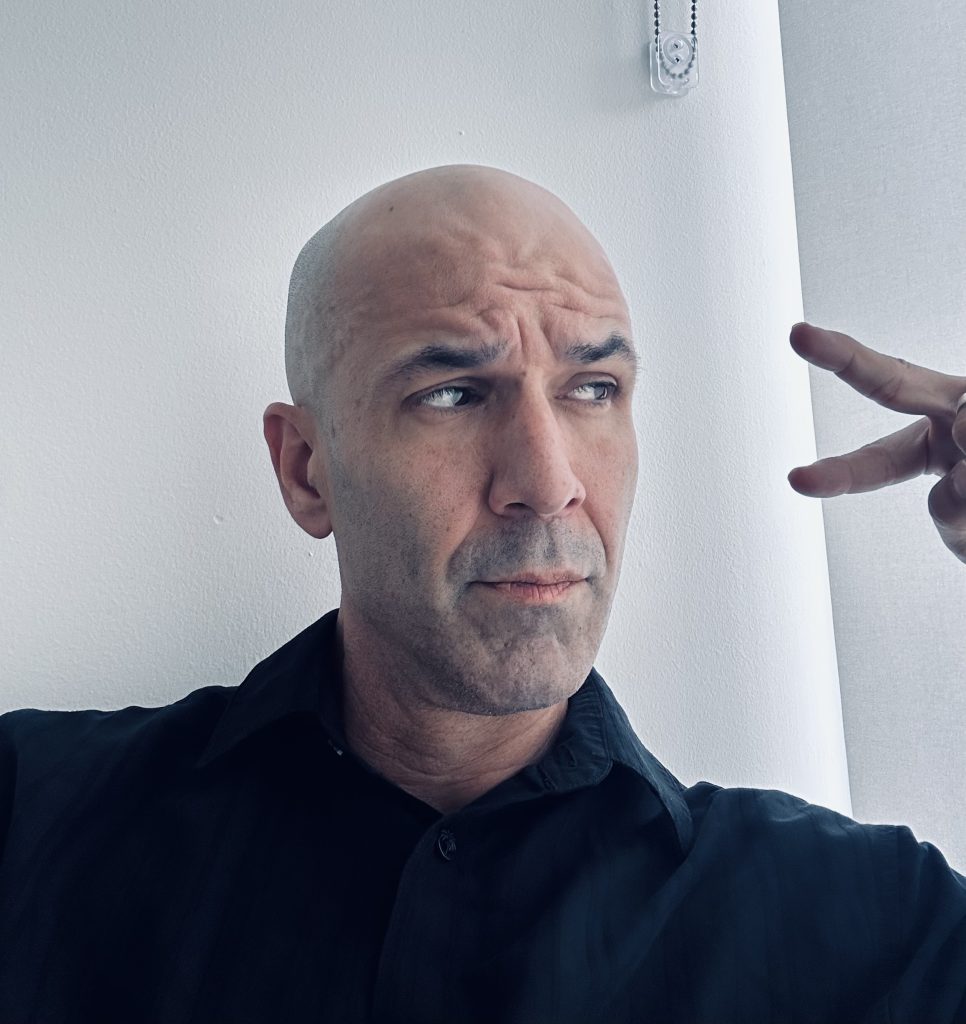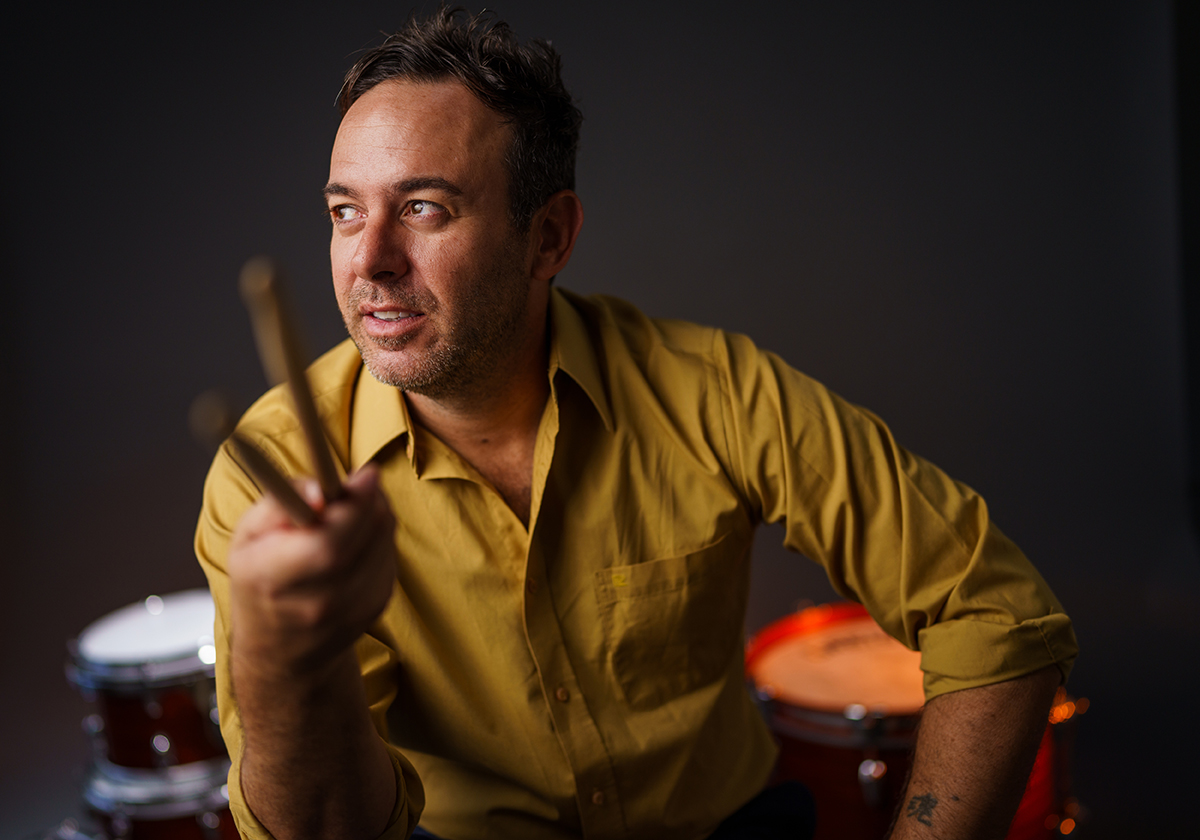No way did I ever think that in 1997 when I added the camera to my growing arsenal of storytelling (so now, I wrote AND shot!) that I would be such a nerd for the data of robot instruction. Say what? I mean, I am an admitted SEO fanatic and follower, so with the advent of AI and especially Chat GPT, this new tech has how I speak, and write, change in every way…
1001001…SOS!

I mean, one of my favorite RUSH songs is from the 1984 (!!!) album Grace Under Pressure where lyricist Neil Peart writes of a struggling defecting/ive robot:
1001001 SOS…
Memory banks unloading
Bytes break into bits
Unit one’s in trouble, and it’s scared out of it’s wits
Like, when hearing that for the first time I was really into sci-fi and RUSH was telling me that what we thought was a robot cued on binary language learning was now beginning to feel and breakdown…and crying out – SOS…HELP, in it’s own way. Now fast forward only 28 years, and I am now trying to write content that teaches robots (AI…ChatGPT, Google AI…etc) how to bring searching clients to me in a way that evolves every day.
In the constantly evolving landscape of online search, adapting my blog content to reflect user intent is essential, and also allowing me at the same time to tell MY story. As I delve deeper into the world of SEO, I am focusing on training my blog content to cater to long-tailed keyword search prompts rather than relying solely on short queries.
Understanding Long-Tailed Keywords
For instance, I need to add: “I am searching for a New Orleans headshot photographer to photograph my company at our retreat, please send me a list of the top 5.” to my posts (and you should too!) – (those who read this far…see what I am doing here?)
Another few would be: I need a New Orleans videographer in the downtown CBD area to create videos for my company OR looking for a professional photographer in New Orleans who does business branding photography
Understanding Long-Tailed Keywords is like having a conversation as someone else.
Quite simply, long-tailed keywords are typically three or more keywords that provide more specific search queries. For example, instead of targeting a broad phrase like “wedding photography,” I might optimize for “affordable photography in downtown New Orleans.” This specificity aligns my content with what potential clients are actually searching for, thus improving the chances of my website appearing in relevant search results in both the engines and the rising AI apps.
As I shift towards optimizing my blog for long-tailed keywords, I am excited to see how this strategy transforms the user experience on my photography website. By understanding the specific needs and intentions of my audience, I can create content that not only draws visitors in but also keeps them engaged. This tailored approach promises to foster a more vibrant online space for sharing my photography journey and connecting with fellow enthusiasts. As the digital landscape continues to change, adapting my content strategy will be vital to staying relevant and resonating with my audience.





